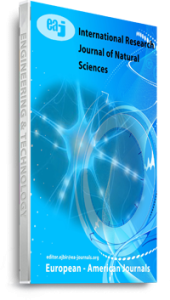This study highlights the richness of Damselfly (Anisoptera: Odonata) fauna associated with rice ecosystems in Eastern India.. Sampling of the Damselfly community was conducted during 2010-14 to determine species composition, abundance and distribution in 3 different habitats of rice fields which were selected at 60 m (Chakdaha), 600 m (Cooch Behar) and 1250 m (Kalimpong) respectively. Each location was surveyed at a biweekly interval after transplanting of rice plants and about 10 species of Damselfly were recorded as insect predators in rice crops of Eastern India. General morphology, biology, ecology, behavior of the Damselfly are being highlighted in the present investigation. After comparing different body parts, double branching keys are prepared for their easy identification. The studies of their diversity showed that maximum and minimum value of both Simpson and Shannon-Weiner index were at the flowering and the vegetative stage of crop respectively. The value of Margalef index and Menhinck index also indicated that the highest value in reproductive stage of rice crop. The studies on Evenness index designated that the value of E1, E2 and E3 were influenced by species richness and not evenness. Consequently the influence of fertilizer on the incidence of Damselfly in rice ecosystem showed that there was a remarkable increase of population where high doses of nitrogen (120 kg/ha) were applied followed by the use of mix fertilizer(120:60:60 N:P:K). Although the plot receiving high doses of phosphate @ 60 kg/ha exhibited increase in the level of Damselfly population but the distribution was least in the field where potassium fertilizer was used in both kharif (rainy) and rabi (winter) season during 2010 to 2014.The sampling of Damselfly population on weed, ratoon rice, rice fallow land exhibited that the bund weed provided resting site for damselfly. The colonization and succession of Damselfly species in the rice field habitat showed a uniform pattern in relation to the growth stage of rice crop. At the end of study, the relevance of Damselfly biosystematics in the context on bio diversities has been given in its legitimate status as bio control agent of rice insect pests in Eastern India.
Keywords: Damselfly, Diversity, Insect pests, Predator, Rice, naiad

